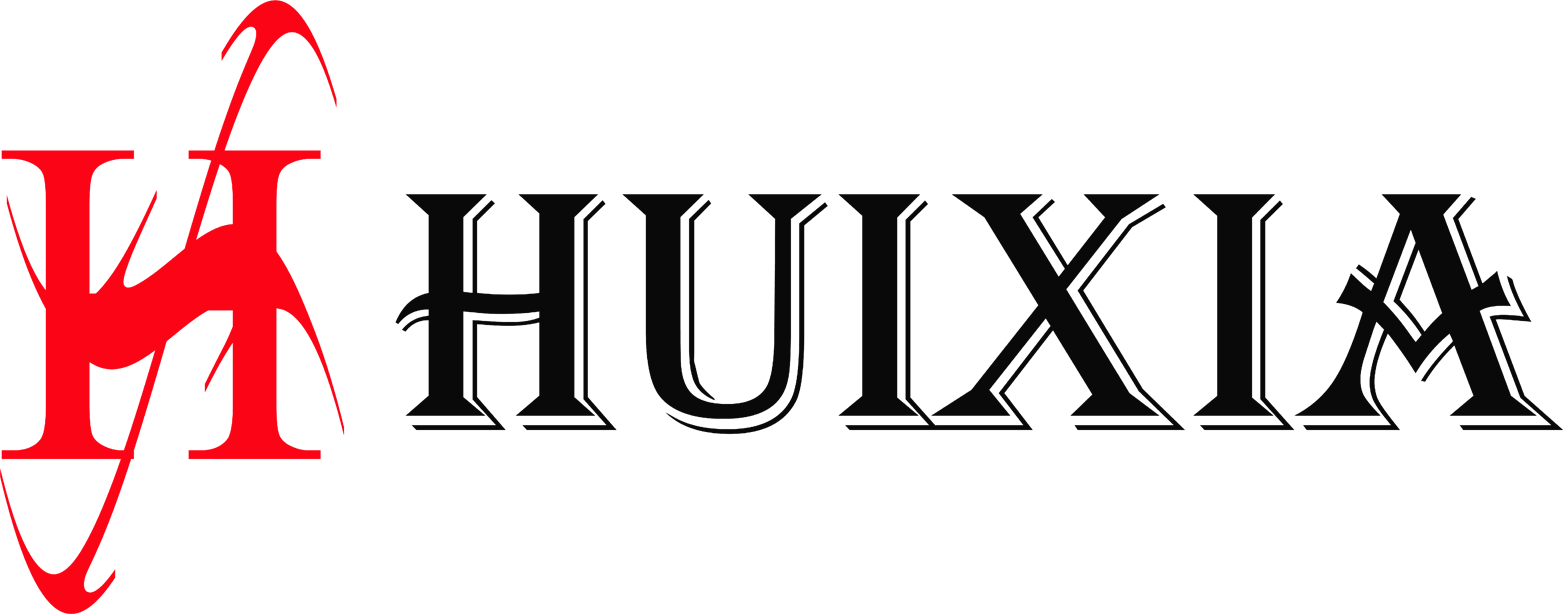3D Printing vs. CNC Machining COMPARING
WHAT IS COVERED
The focus of this discussion is on rapid prototyping to support the product development cycle. Although both 3D printing and CNC machining can be used for production purposes,the goals and demands are different from those when product designs are taking shape. Generally,the discussion will address quick-turn, low-volume part making.
The discussion of 3D printing will broadly encompass all technologies. However, when specific examples are required, Stratasys FDM ®(fused deposition modeling) will be the source of detailed information.
There are many CNC processes, such as routing,turning and drilling. This discussion will focus solely on CNC milling, and from this point forward,will be referred to as “CNC.” By definition, this precludes manual machining. Additionally, the discussion will cover only 3-axis CNC because 4- and 5-axis CNCs are commonly dedicated to repetitive,production applications.
THE 3D PRINTING PROCESS
3D printing is a collection of additive processes that construct prototypes on a layer-by-layer basis. This eliminates the need for tooling and allows the fabrication of extremely complex geometry with no impact on time or cost.Fundamentally,this is the primary advantage of 3D printing, and it translates to rapid delivery of small batches of parts and the flexibility to quickly accommodate design changes.
The additive nature of 3D printing also supports parallel part processing: multiple parts are manufactured in a single job in less time than that
needed to make each individually. This capability allows production of multiple parts from a single project, multiple revisions of a single part, or multiple parts from different projects. The only limiting factor is the XY area of the 3D printer’s working envelope.
Another advantage is that there is never a need for multiple setups to make a part. After initiating a job, it runs until the parts are complete. This supports around-the-clock production without the need for operator oversight or intervention.
Program
For 3D printing, preparing files is commonly a 5- to 30-minute process that is highly automated. Upon importing an STL file (which is the output from CAD), a technician selects an orientation, specifies a material and selects from pre-defined build options. Beyond selecting an optimal orientation,there is little thought needed to prepare files.
Note that for demanding jobs, there can be more operator interaction required, but this is uncommon for prototyping applications and does
not increase processing time significantly.
This process is easily trained and requires no special skills. Some companies even opt to have engineers and designers perform this function.
This is not true for CNC, which requires machining experience and a programming skill set.
For CNC, the CAD data is imported into a CAM program where all aspects of the machining process are defined, most of them manually.Among the decisions to be made are how to fixture the part; how many machining passes are needed; and what cutters, speed and feed rates to use. Frequently, these decisions are made on a feature-by-feature basis. The time for this process commonly ranges from one-half to eight hours.
Set up
Preparing a 3D printer is a quick process. While each technology has its own procedures, many require only material replenishment and pre heating. In just 5 to 15 minutes, the printer is ready to manufacture parts. There is no need for any other set up before or during the printing process.
For CNC, the machine operator will load the cutters needed for the job and fixture the work piece. When the CNC machine has a tool changer,
the cutters are loaded only once. Lacking a tool changer, the machine operator will load the appropriate cutter for each machining operation.
Like 3D printing, the set up operation is relatively quick, but when repeated for multiple set ups, it can slow the process down.
Manufacture
As described previously, the 3D printing process is fully automated, requiring no operator interaction until the job is complete. With a 3-axis CNC, this is seldom the case since the workpiece must be repositioned to cut upon faces that are not up-facing (in the original orientation), and
therefore, not accessible to the cutters. For each repositioning, an operator needs to reorient and re-fixture the workpiece.
